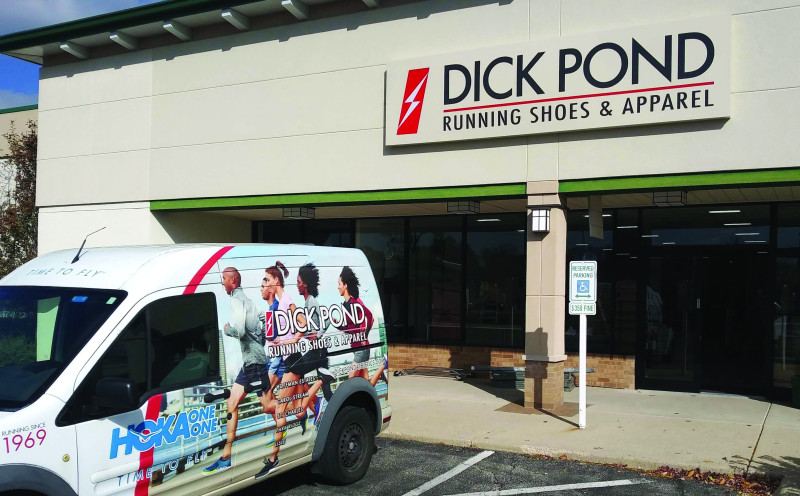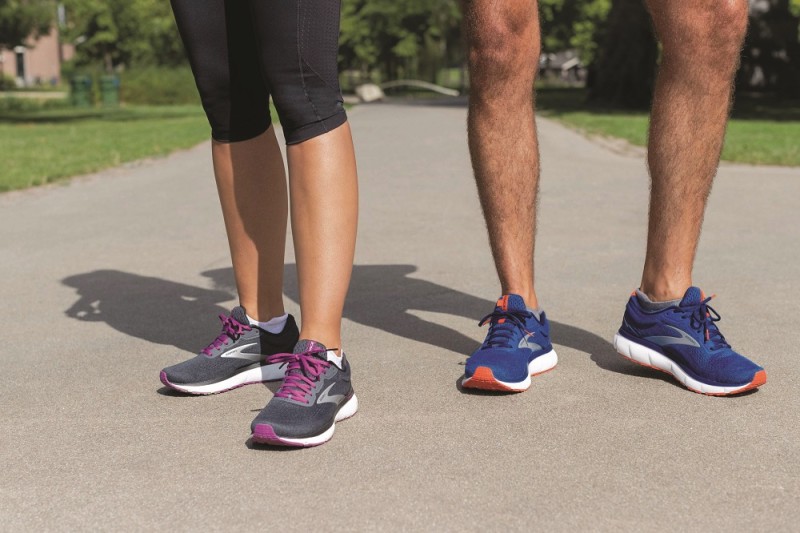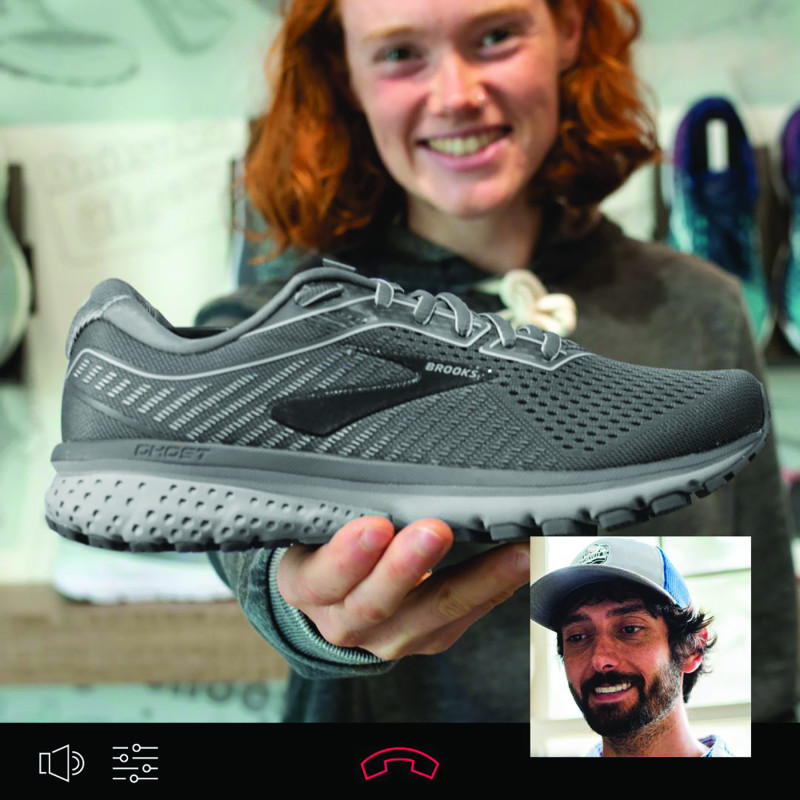The run specialty industry is more than ready to turn the page to 2021, and the special December 1 Year-End Issue of Running Insight – a print version that will hit readers’ desks the first week of December, the same week we should all be gathering in Austin, TX, for The Running Event 2020, which was cancelled due to the COVID-19 pandemic – is taking a look at what our editors believe will be the 21 most important issues facing the business in 2021.
To tease our readers a little bit, here are numbers 6-10 in that list – number 1-5 will be previewed in the November 24 issue of Running Insight+. Enjoy.
6. Stores on the move.
 It’s not uncommon for run shops to move. Pandemic fallout in the commercial real estate market, however, could put more stores on the move than ever before. For some running retailers, the draw of better locations and/or more favorable terms might be too good to pass up and fuel relocation – or simply provide the necessary ammunition to renegotiate existing deals.
It’s not uncommon for run shops to move. Pandemic fallout in the commercial real estate market, however, could put more stores on the move than ever before. For some running retailers, the draw of better locations and/or more favorable terms might be too good to pass up and fuel relocation – or simply provide the necessary ammunition to renegotiate existing deals.
7. Virtual races 2.0.
Out of necessity, virtual races became commonplace in 2020. Yet, such events lost some luster as the pandemic wore on. Noting this – and given the uncertainty surrounding “traditional” racing’s return – race organizers employed inventive strategies to blend the real and virtual worlds. The creativity of this niche market warrants attention.
8. $100 running shoes.
 While a segment of consumers shows a hearty appetite for premium performance running footwear (Hello, carbon fiber!), others bemoan the ever-escalating prices of running shoes with a potential economic dip threatening to enlarge that chorus. Though $100 footwear slices running stores’ dollar margin, having a few compelling options on hand enables run shops to serve cost-sensitive customers and keep them from walking out the door empty handed.
While a segment of consumers shows a hearty appetite for premium performance running footwear (Hello, carbon fiber!), others bemoan the ever-escalating prices of running shoes with a potential economic dip threatening to enlarge that chorus. Though $100 footwear slices running stores’ dollar margin, having a few compelling options on hand enables run shops to serve cost-sensitive customers and keep them from walking out the door empty handed.
9. The “comforts” of remote work.
Americans are working from home more than ever. A whopping 42 percent of the U.S. labor force is now working from home full time, according to the Stanford Institute for Economic Policy Research. What’s that mean for run shops? An opportunity to tout versatile, comfortable apparel, for one.
10. Alternatives to in-store fittings.
 As concerns over COVID-19 linger, many shoppers remain wary of visiting physical storefronts. This heightens the need for flexible service models, including alternatives to time-involved in-store shoe fittings. During the pandemic, many running stores turned to virtual fittings and/or home visits to accommodate leery shoppers.
As concerns over COVID-19 linger, many shoppers remain wary of visiting physical storefronts. This heightens the need for flexible service models, including alternatives to time-involved in-store shoe fittings. During the pandemic, many running stores turned to virtual fittings and/or home visits to accommodate leery shoppers.





